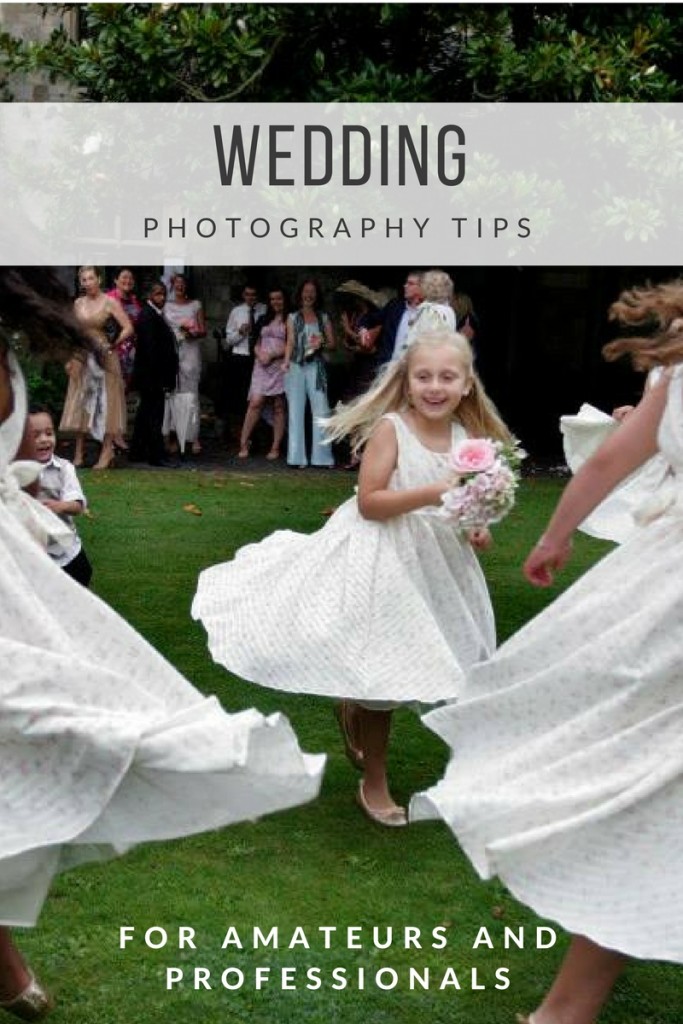
photos: Luciana Franzolin
Professional or not, if you are the one with the big camera in the family, chances are you will be asked to photograph a wedding at some point.
That can be very exciting, but it’s also a big responsibility.


photos: Luciana Franzolin
Professional or not, if you are the one with the big camera in the family, chances are you will be asked to photograph a wedding at some point.
That can be very exciting, but it’s also a big responsibility.